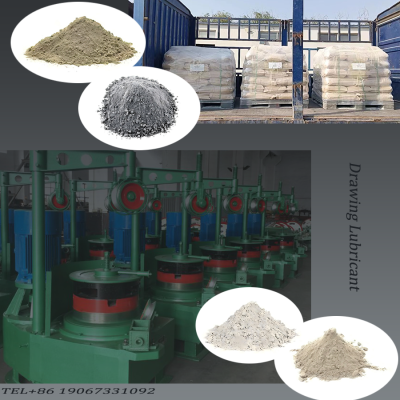
The selection of tool materials is crucial, especially for the rolling mill rolls and roll rings in the metallurgical industry. The tool material selection is as follows:
For cemented carbide roll rings or rolls, the primary choice is polycrystalline diamond (PCD) tools. To control the increase in cutting temperature, appropriate cutting parameters and efficient cutting fluids should be used to achieve a grinding-like effect, significantly reducing costs and improving productivity.

Some grades of cubic boron nitride tools have also found application in the machining of cemented carbides, particularly for high-speed or roughing operations, demonstrating unique effects.
High-speed steel has always been a challenge in roll machining. Currently, it is recommended to use either sintered cubic boron nitride tools or coated super-hard alloy tools. Considering the overall cost, sintered cubic boron nitride tools have more advantages.
For cast iron rolls, semi-steel rolls, and nickel-chromium rolls, there is a wider selection of tool materials. Traditional cemented carbides, ceramics, and cubic boron nitride can all be used, with the latter enabling high-speed cutting.
Factors Affecting Cutting Parameters and Their Selection:
Cutting parameters are closely related to machine tool rigidity, workpiece material, and tool selection. Choosing appropriate cutting parameters can fully utilize the capabilities of the machine and tools, reducing manufacturing costs.
Cutting parameters are related to the machine tool’s rigidity and power. Stable tool loading and minimal tool tip wear are ensured by a rigid machine with sufficient power.
Cutting parameters are also closely related to tool selection. The tool material and geometry determine the cutting mode – positive rake angle for alloy tools and negative rake angle for cubic boron nitride tools, both of which tend towards dry cutting.
The size, primary clearance angle, and thickness of the insert all affect the cutting parameter values.
Cutting parameters are related to the composition and characteristics of the workpiece material. Higher workpiece strength generally requires smaller cutting depths, but the tool load should be balanced.
For example, when machining high-speed steel rolls, which are difficult to process, it is recommended to use cubic boron nitride tools and adopt a “red-hot” cutting strategy. This requires a high cutting speed to generate significant heat, softening the difficult-to-machine material and allowing it to be easily fractured and removed.





